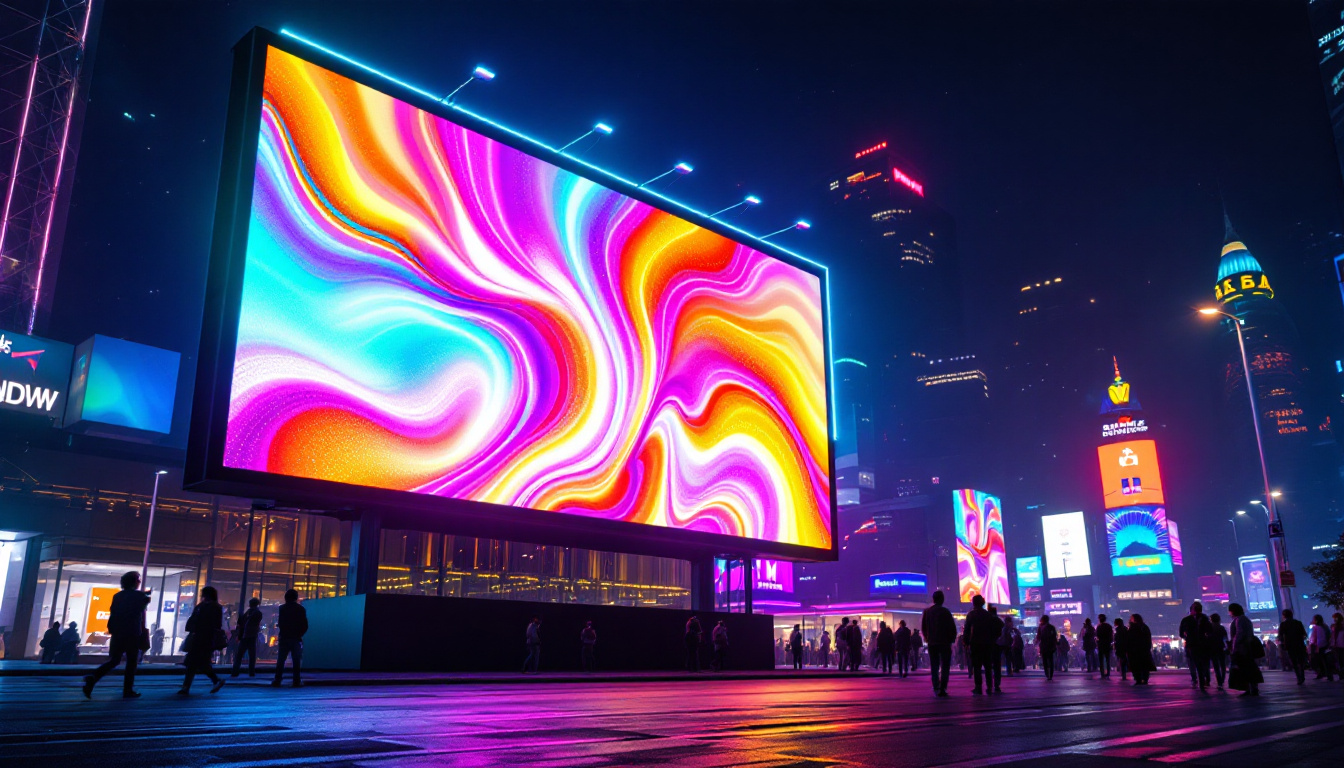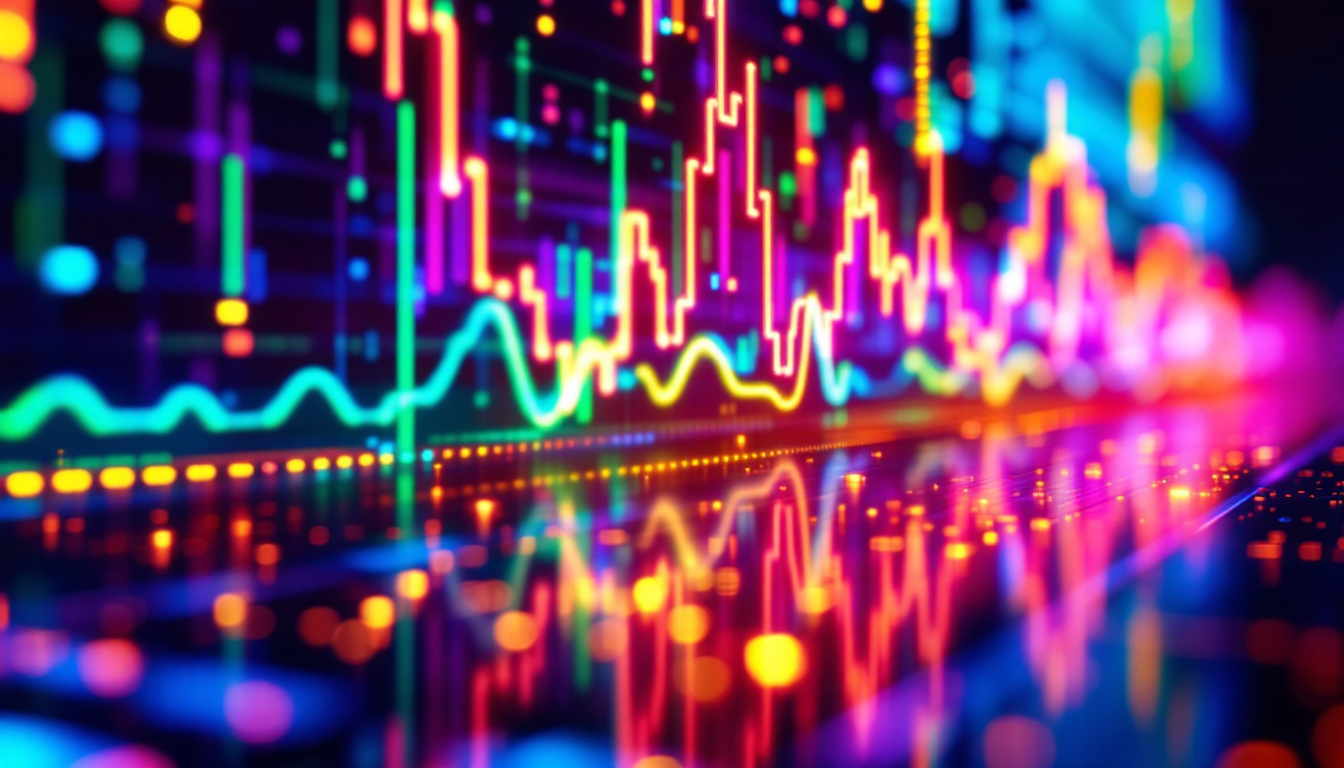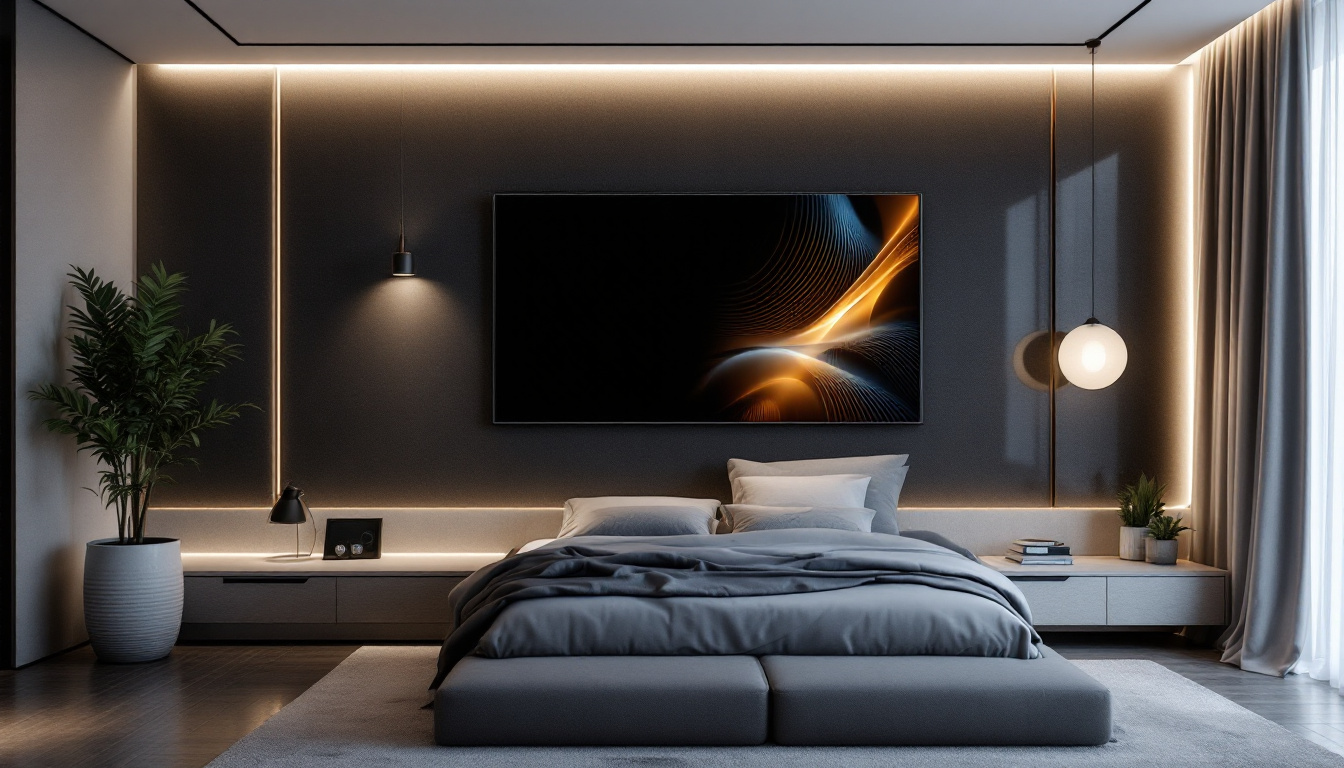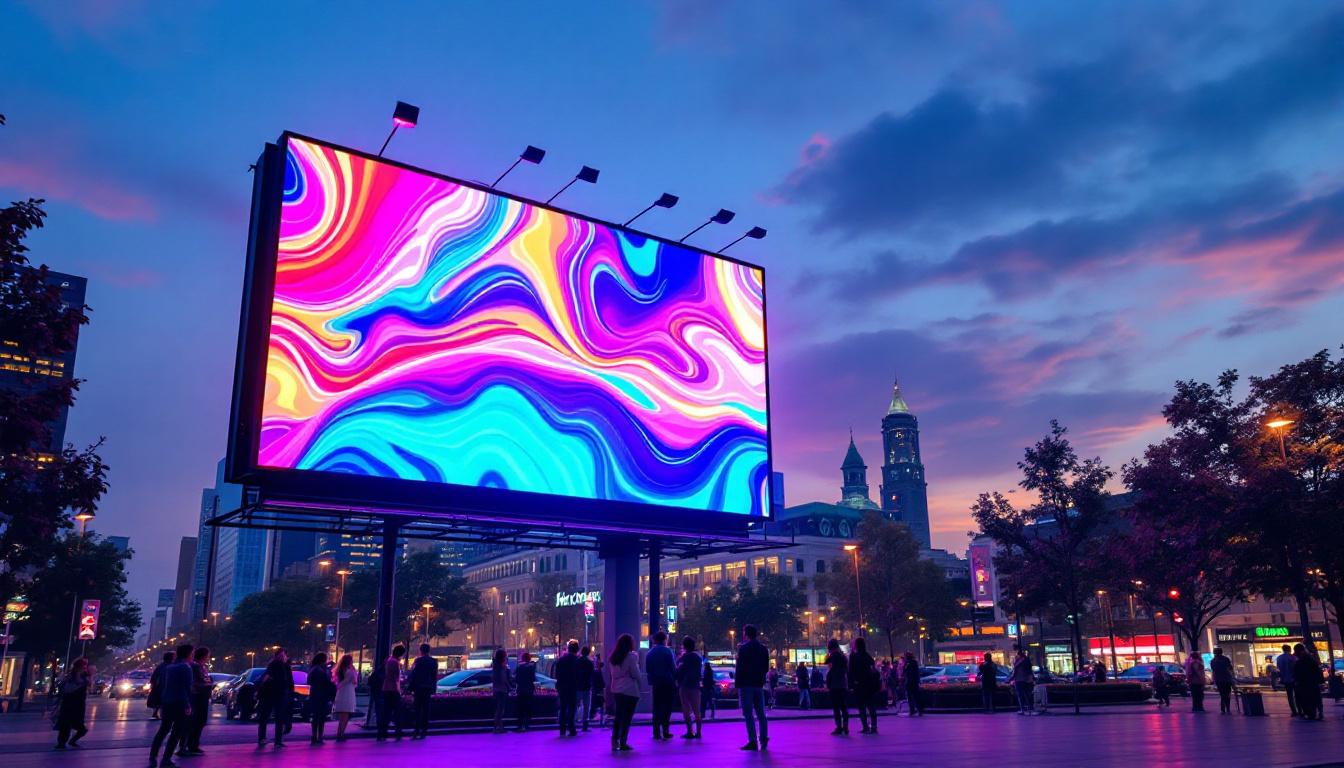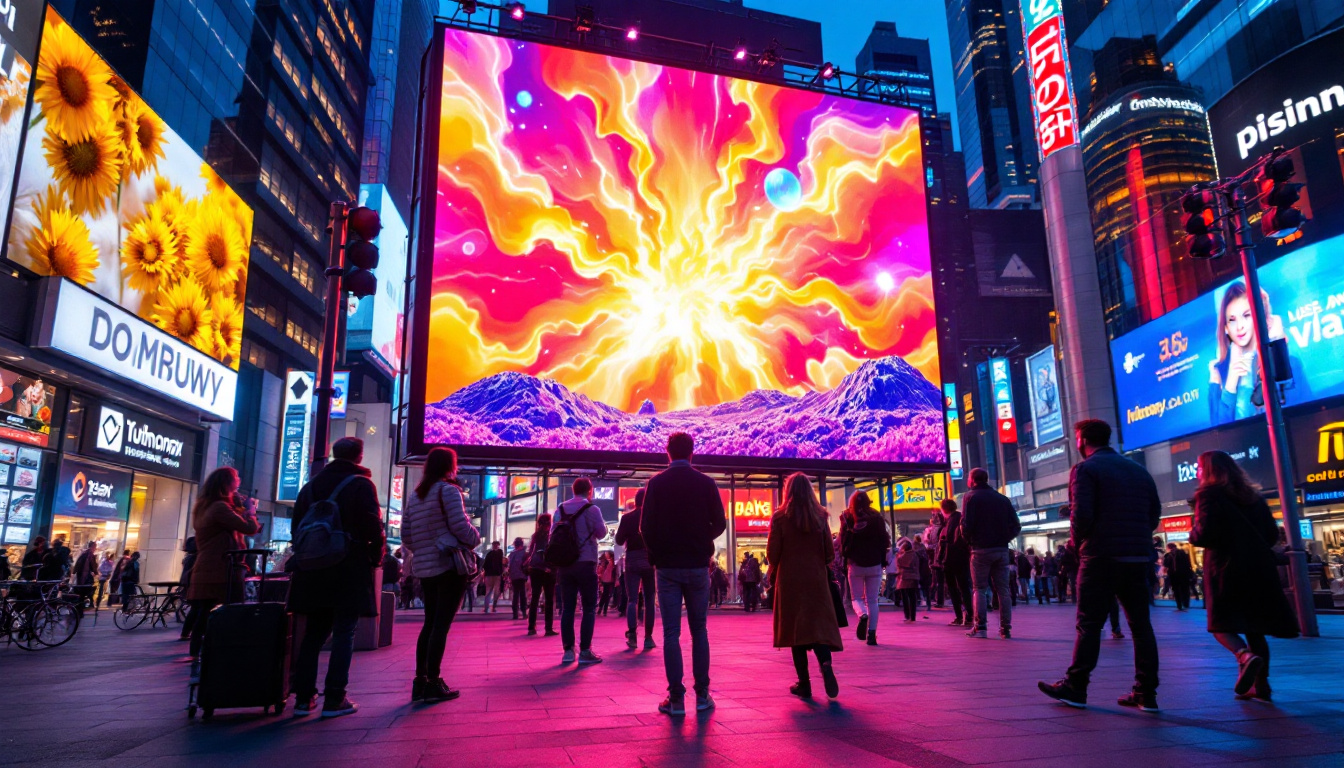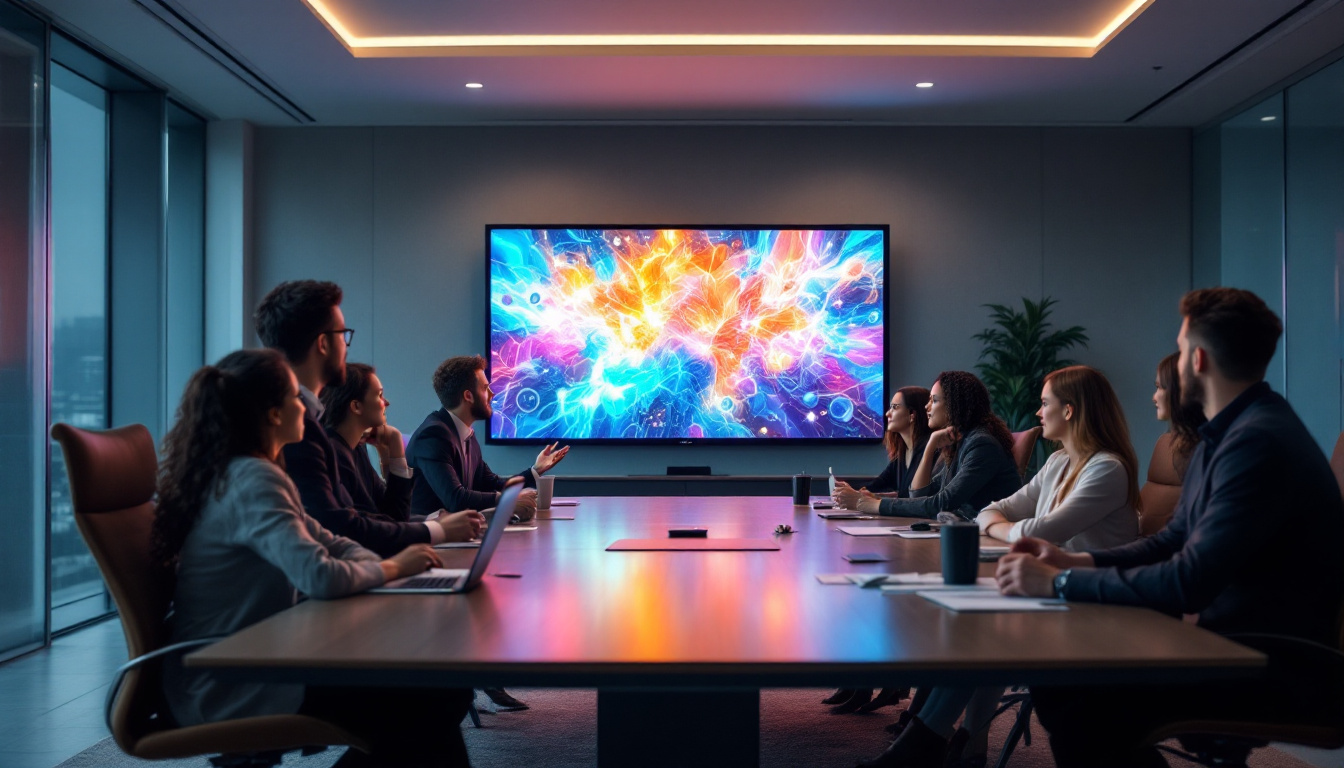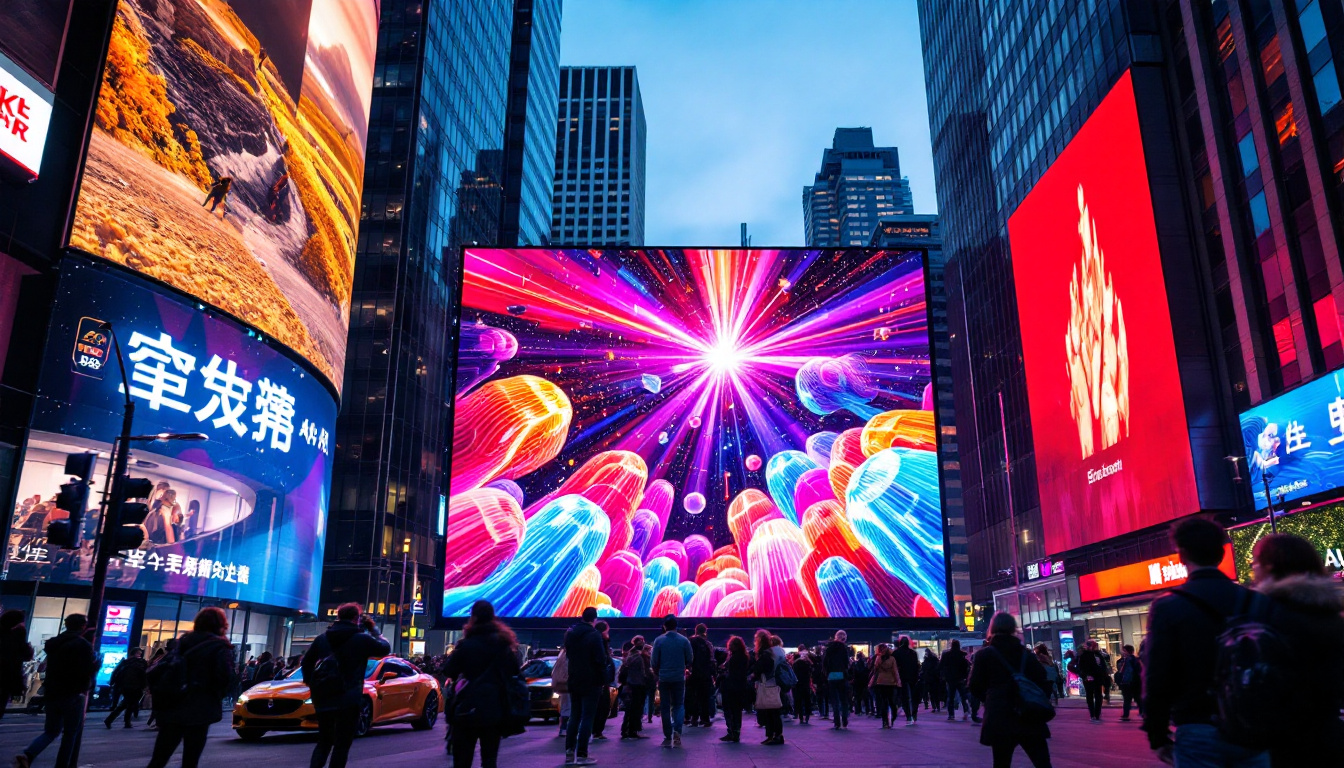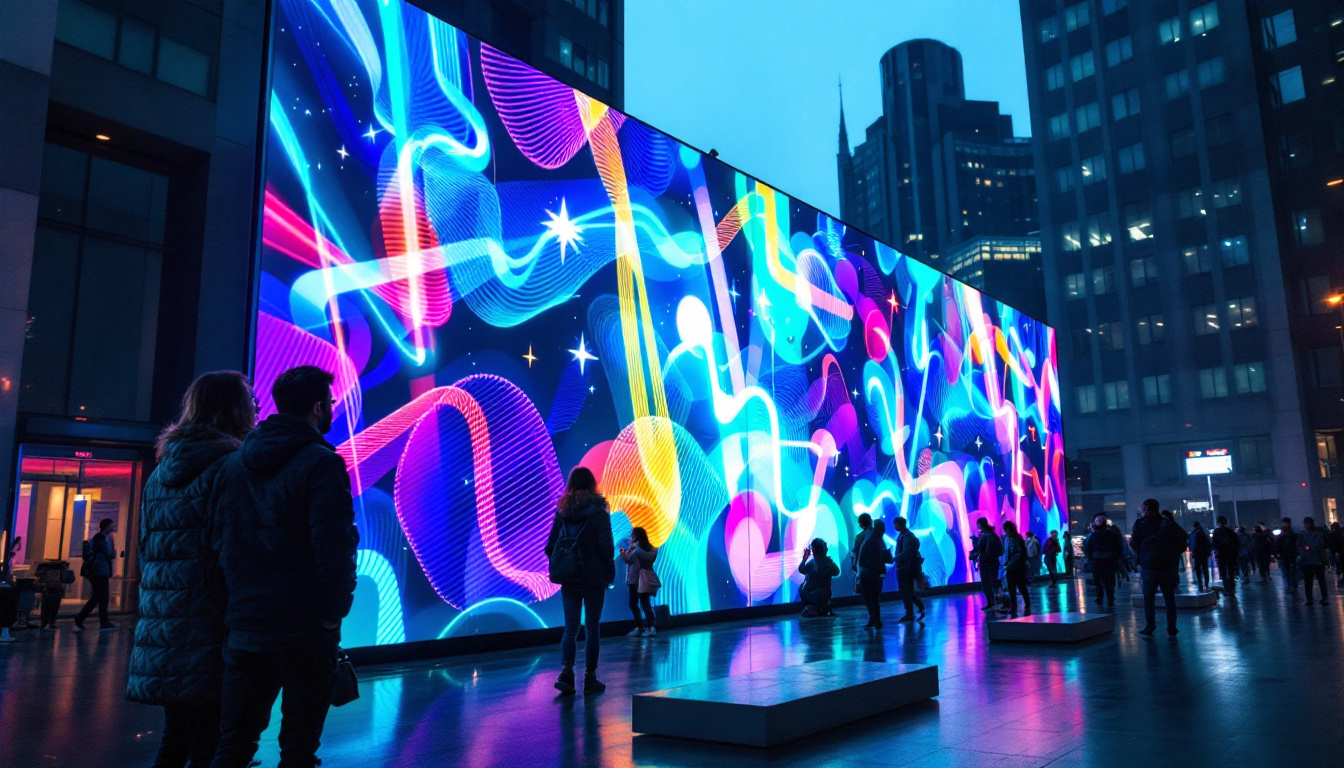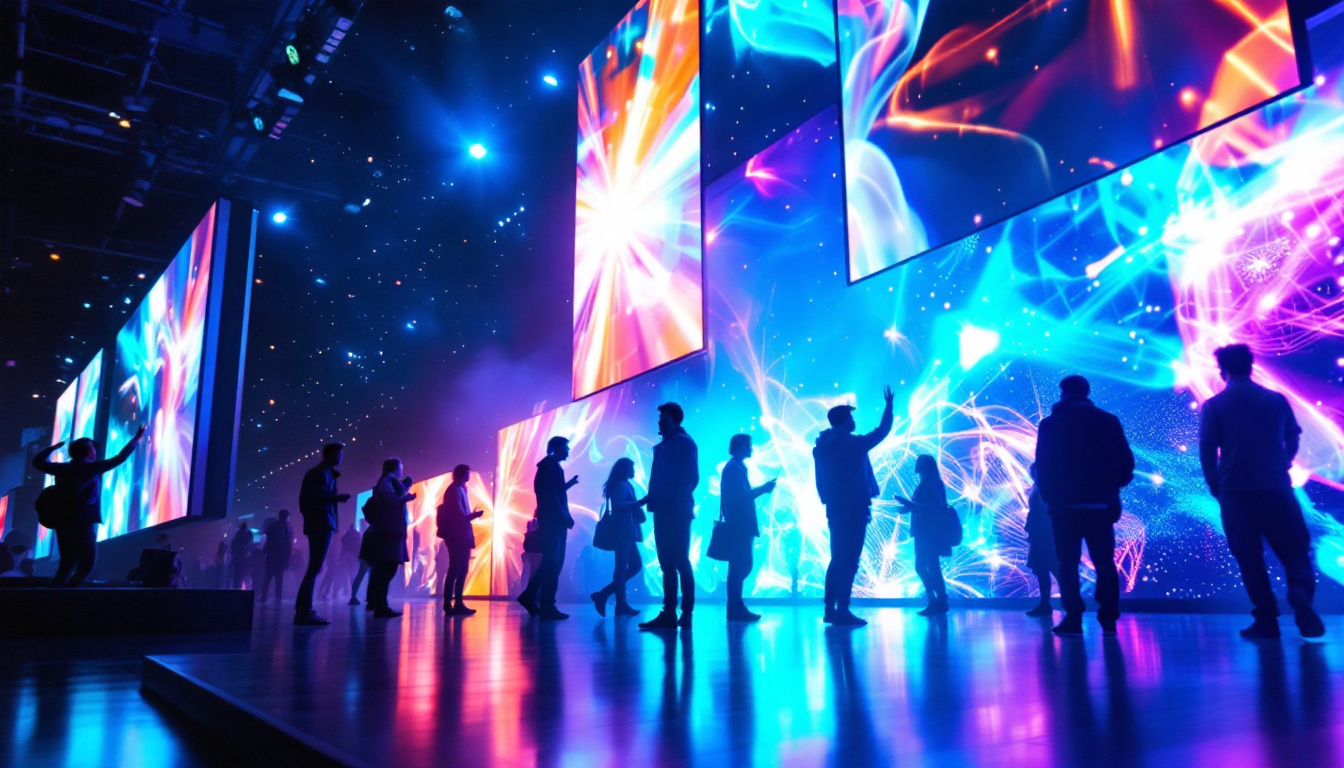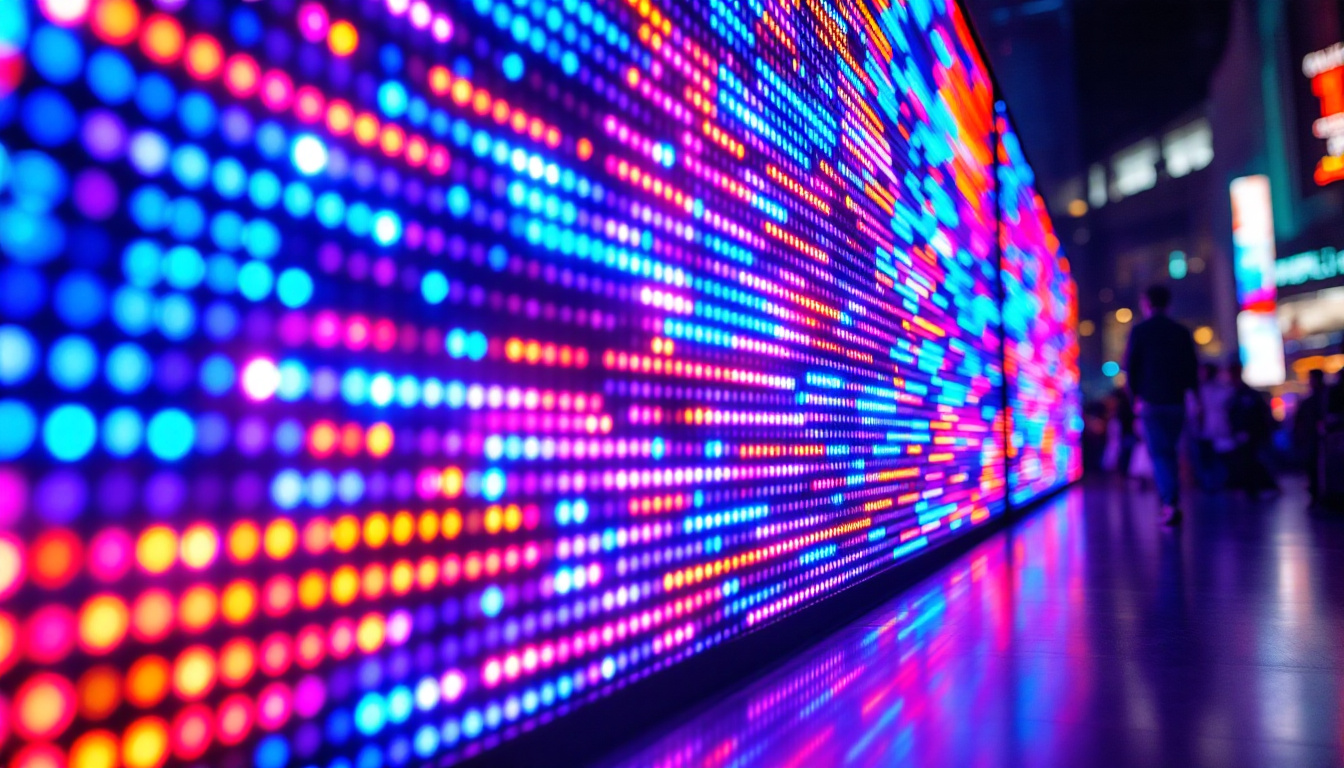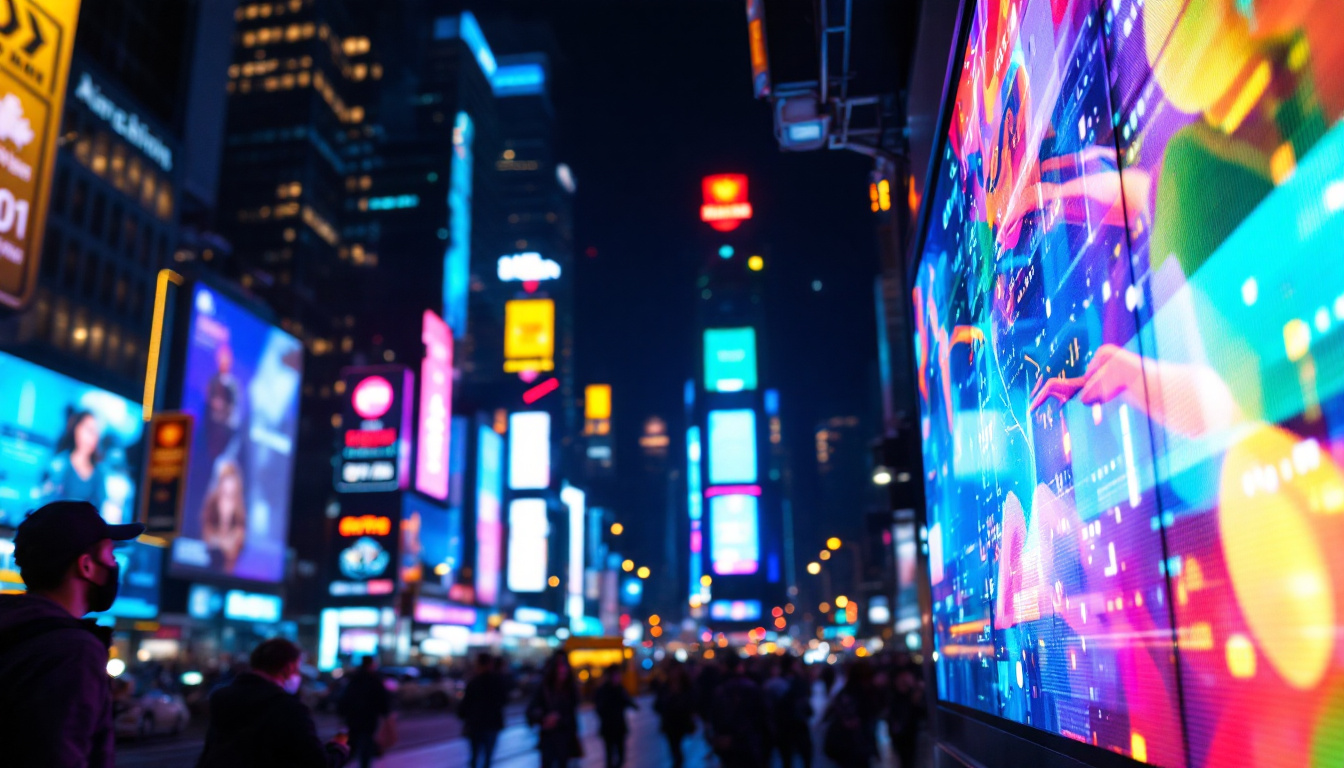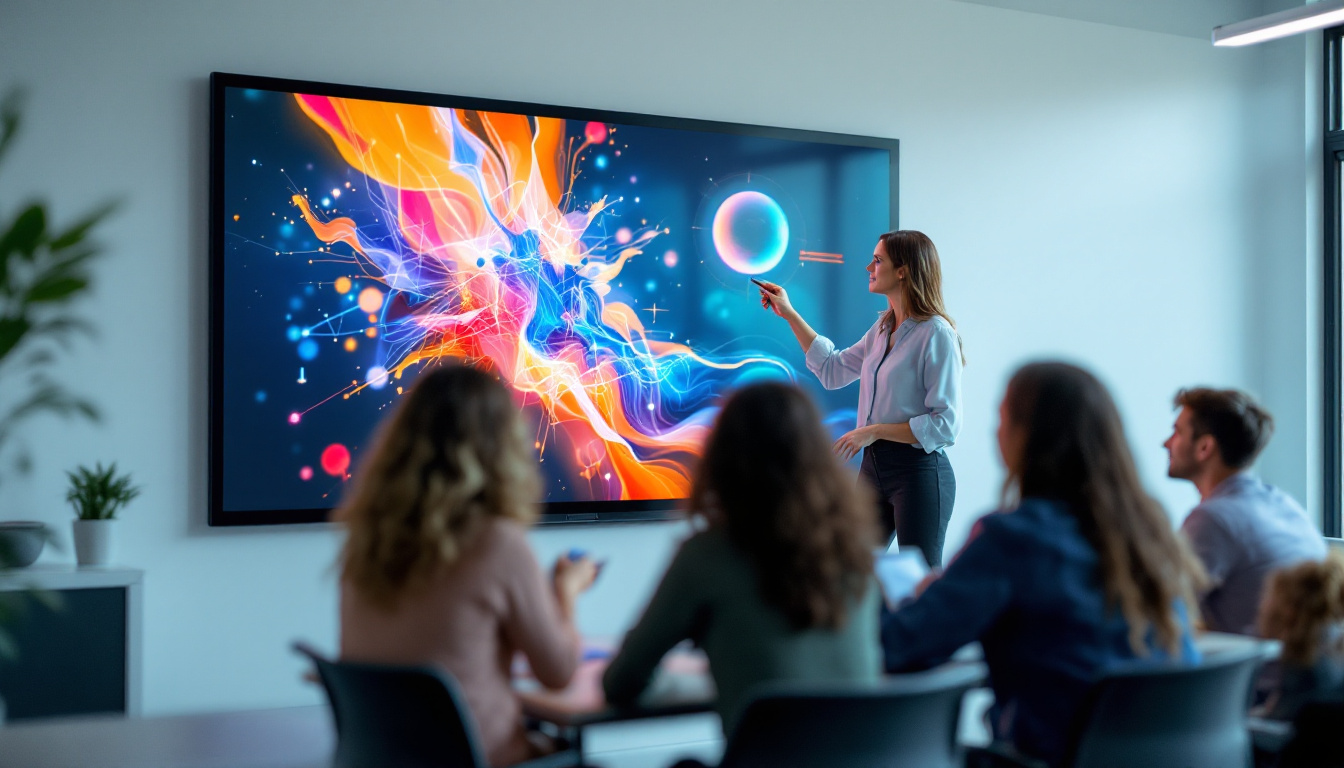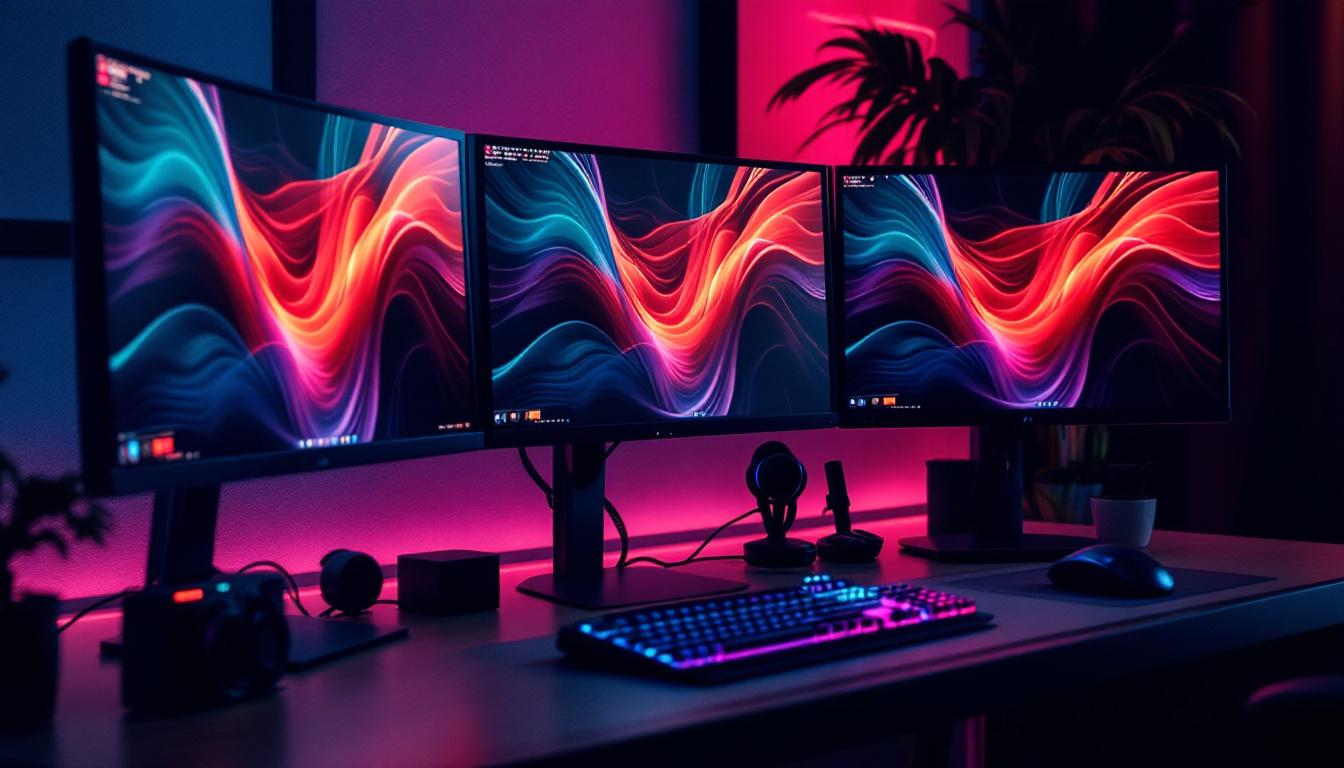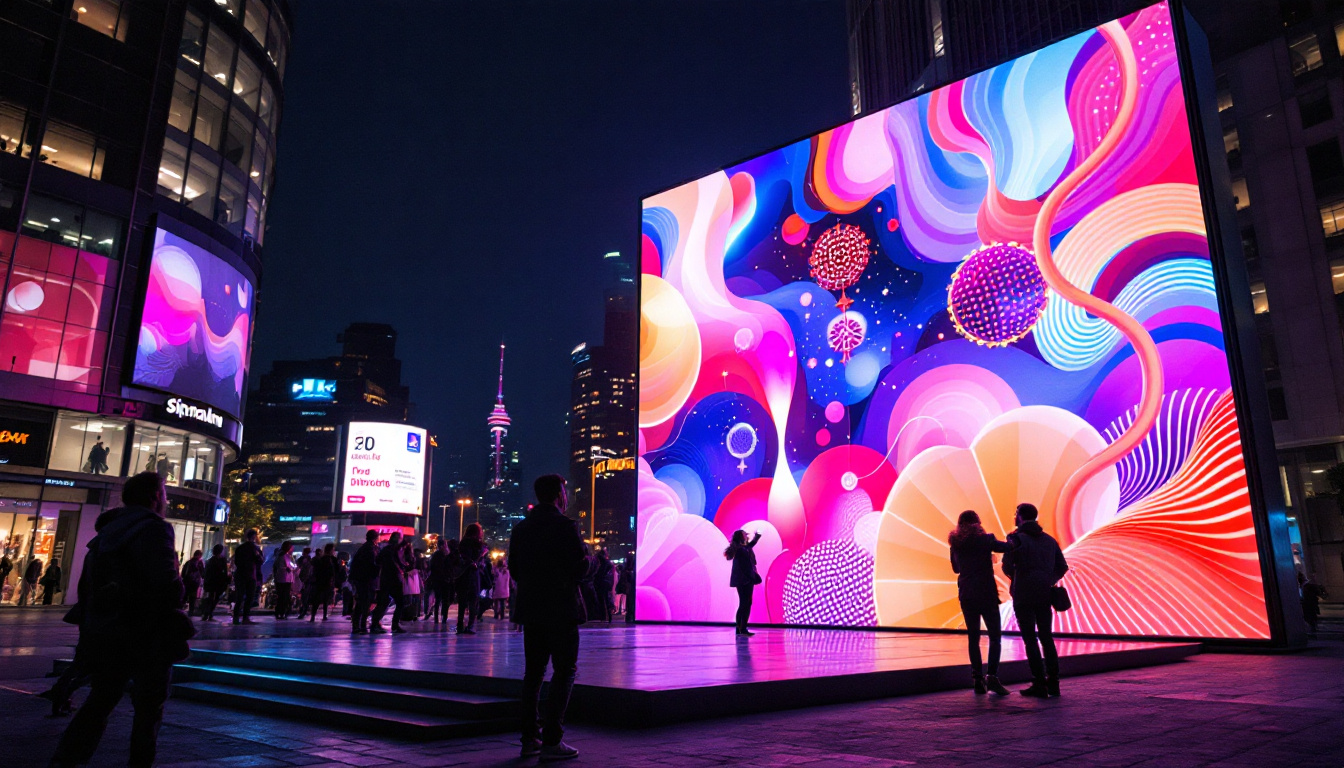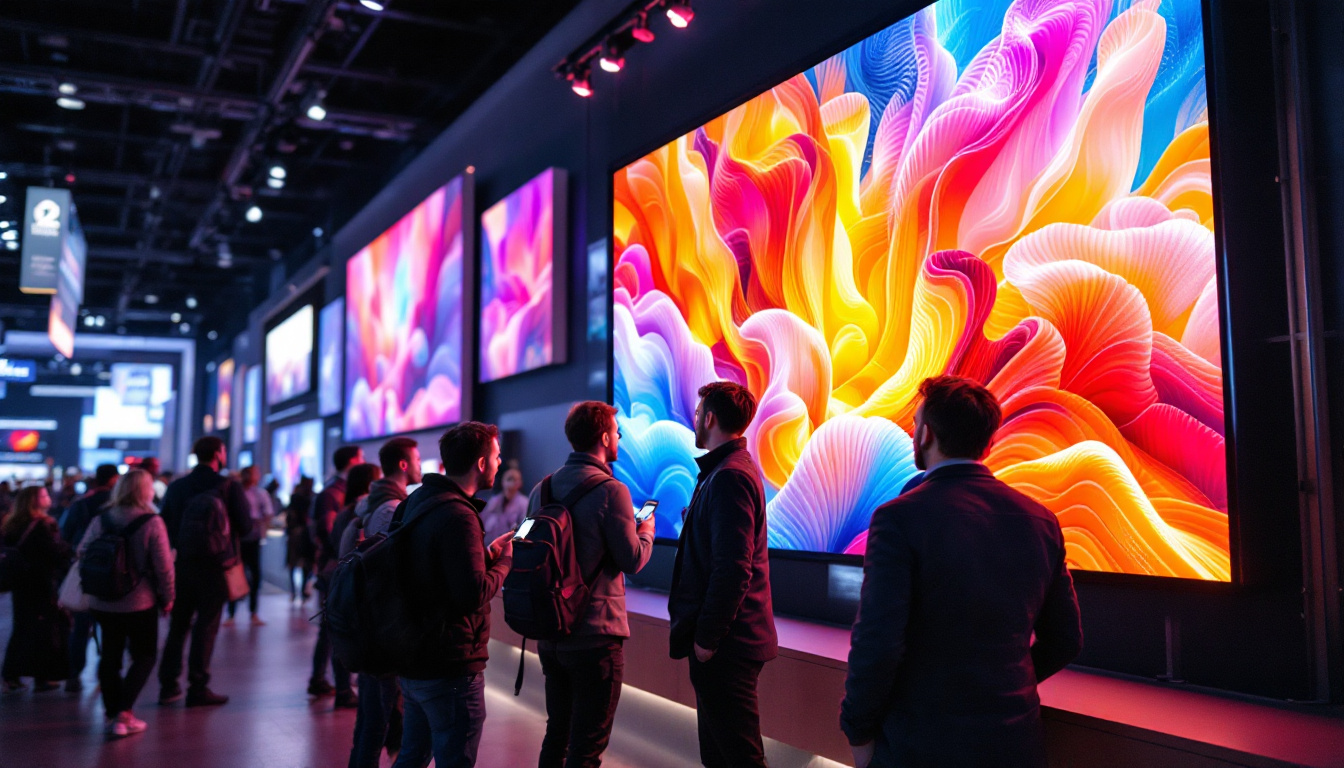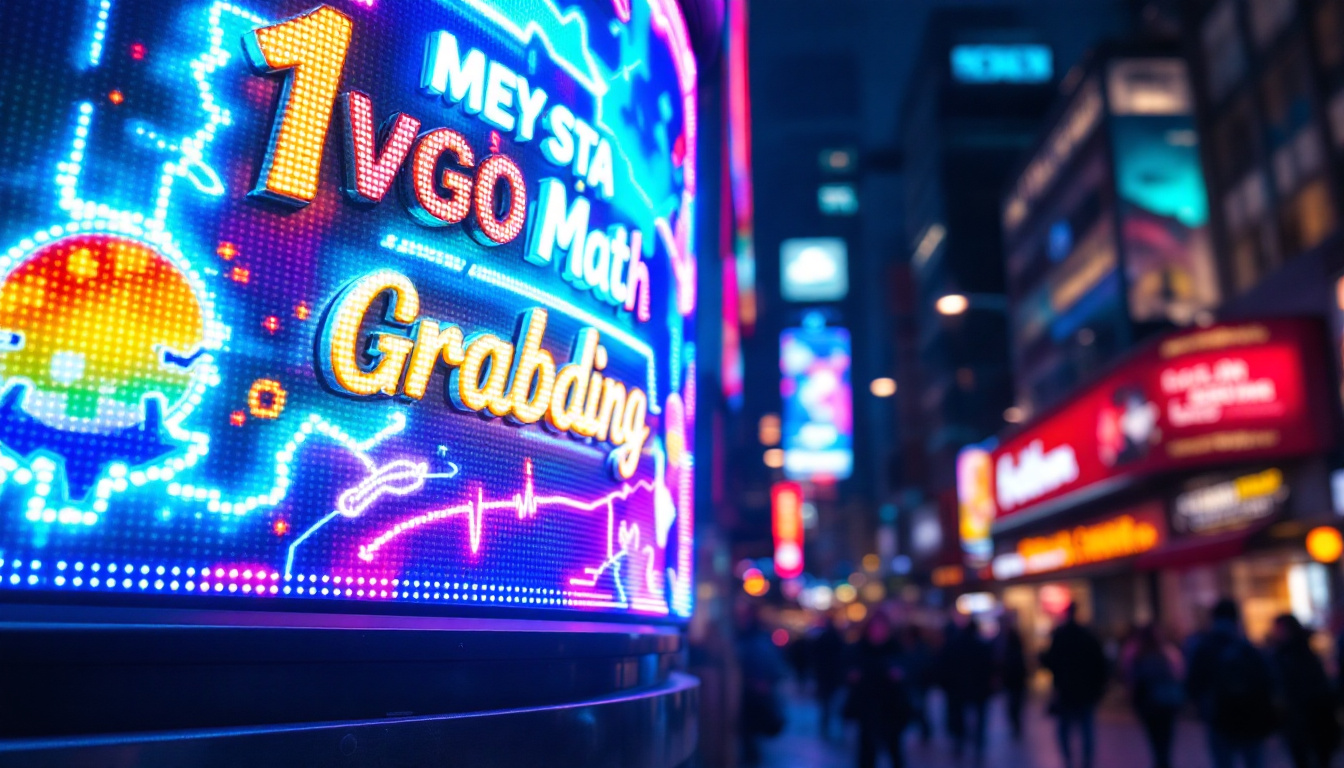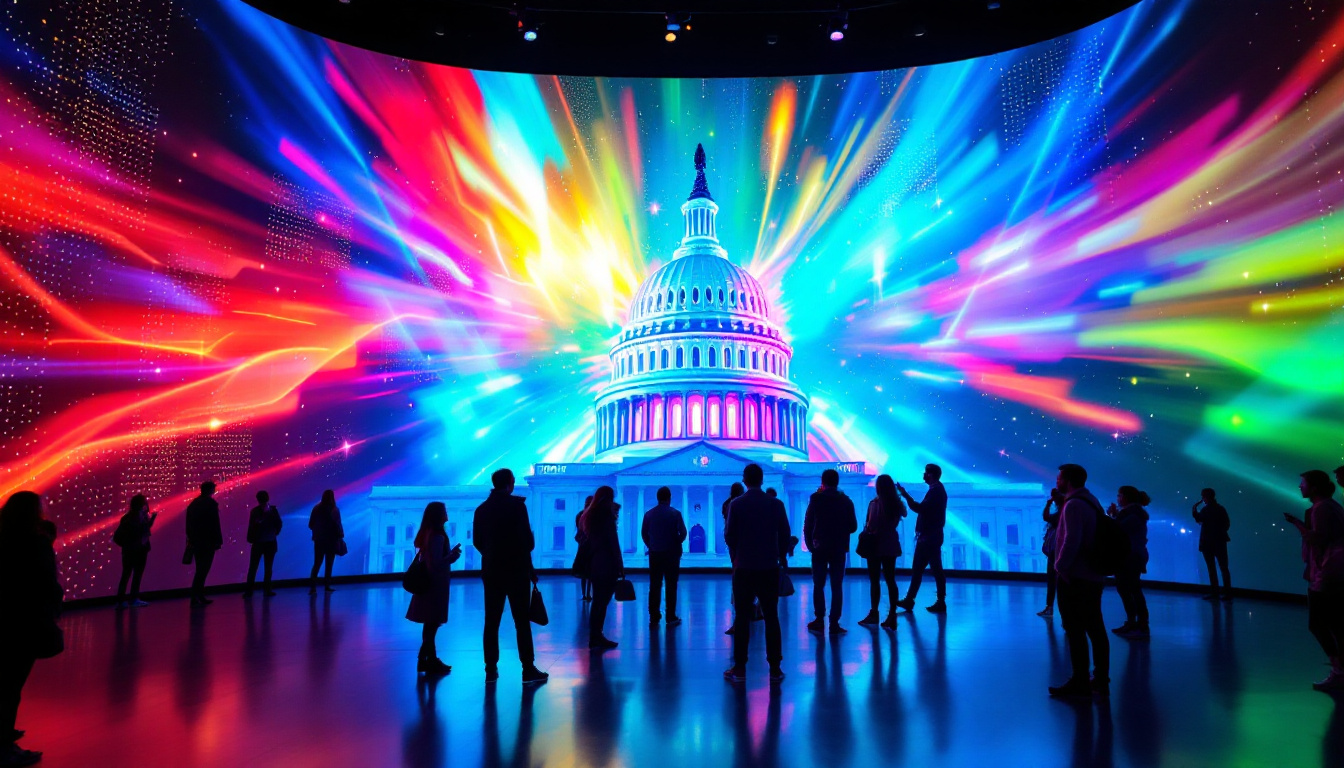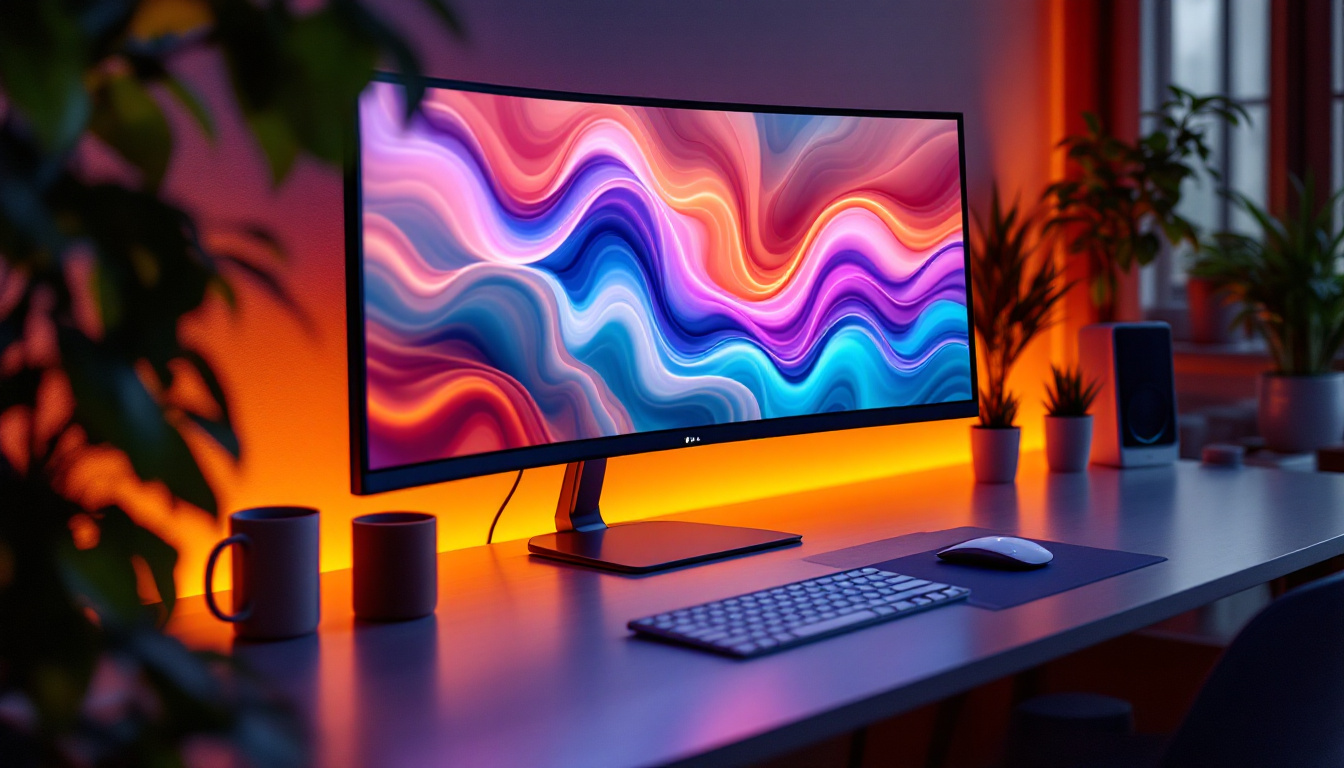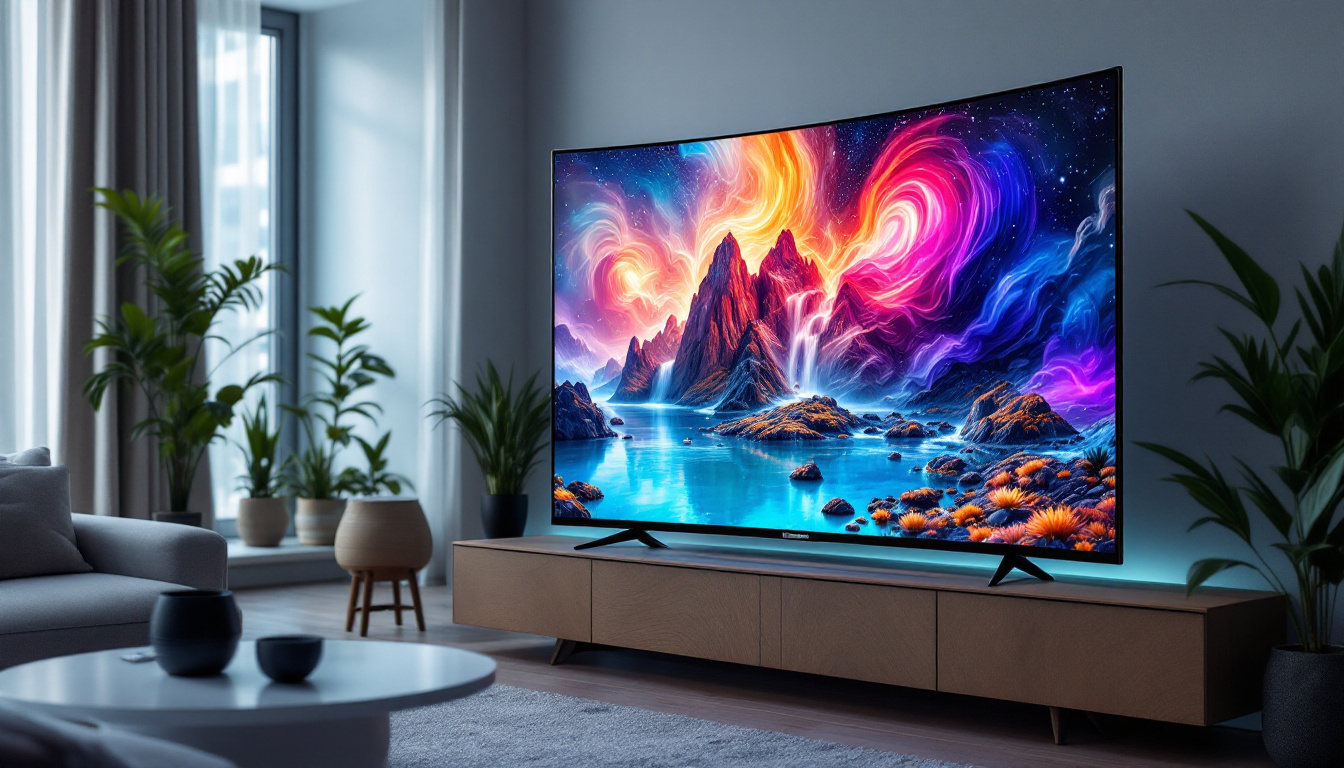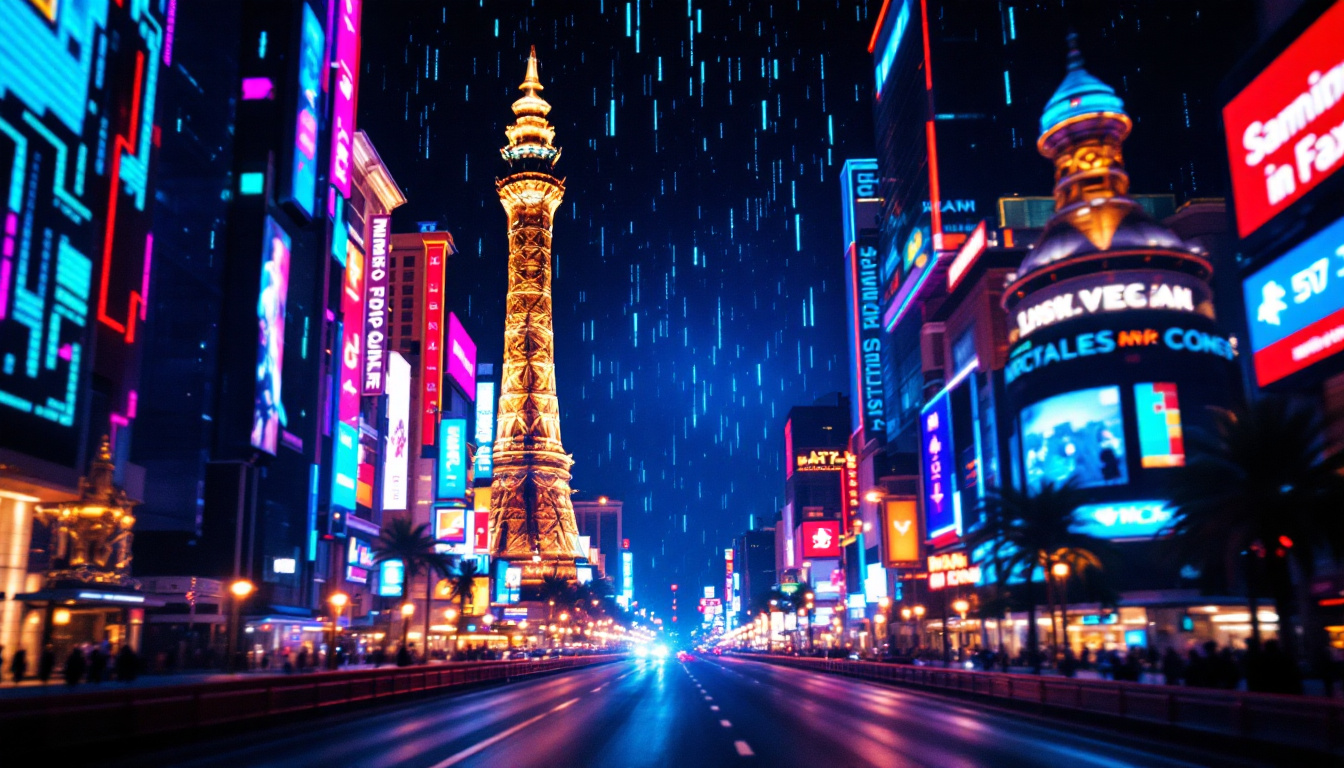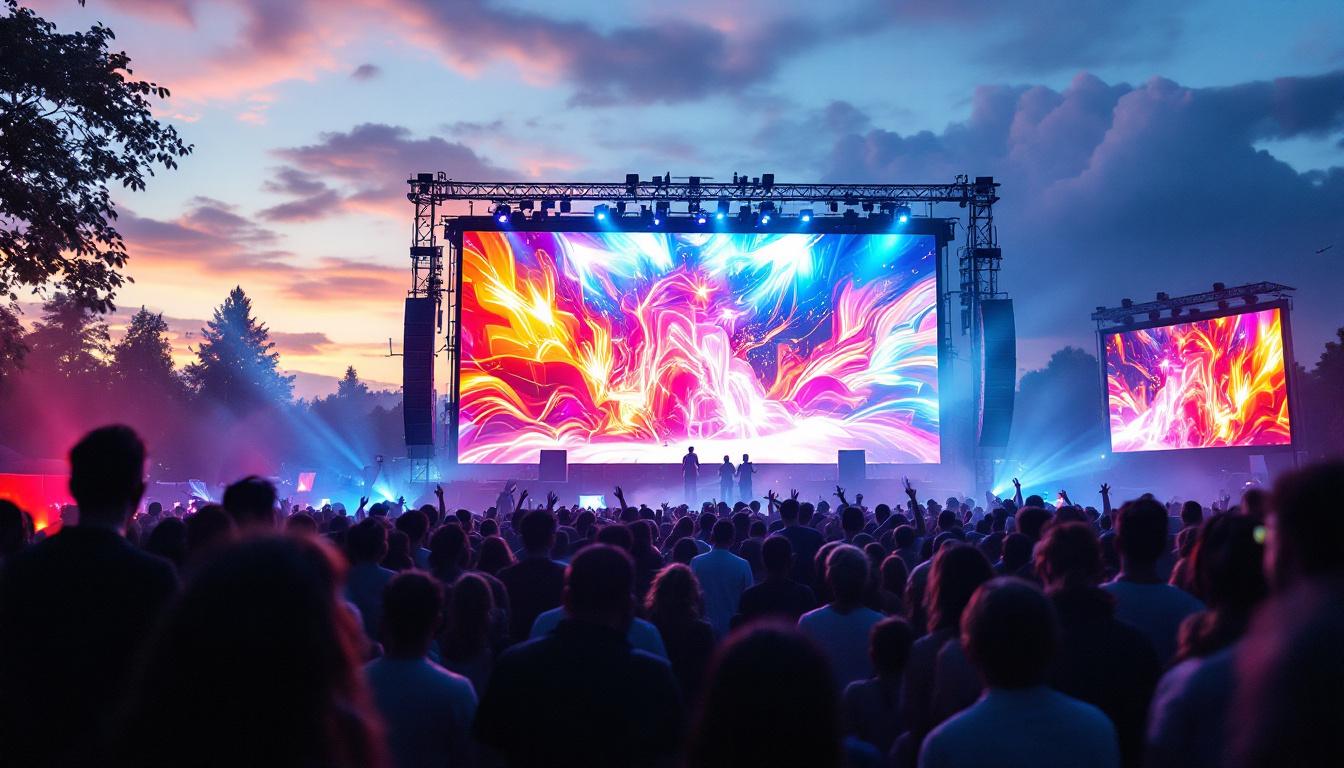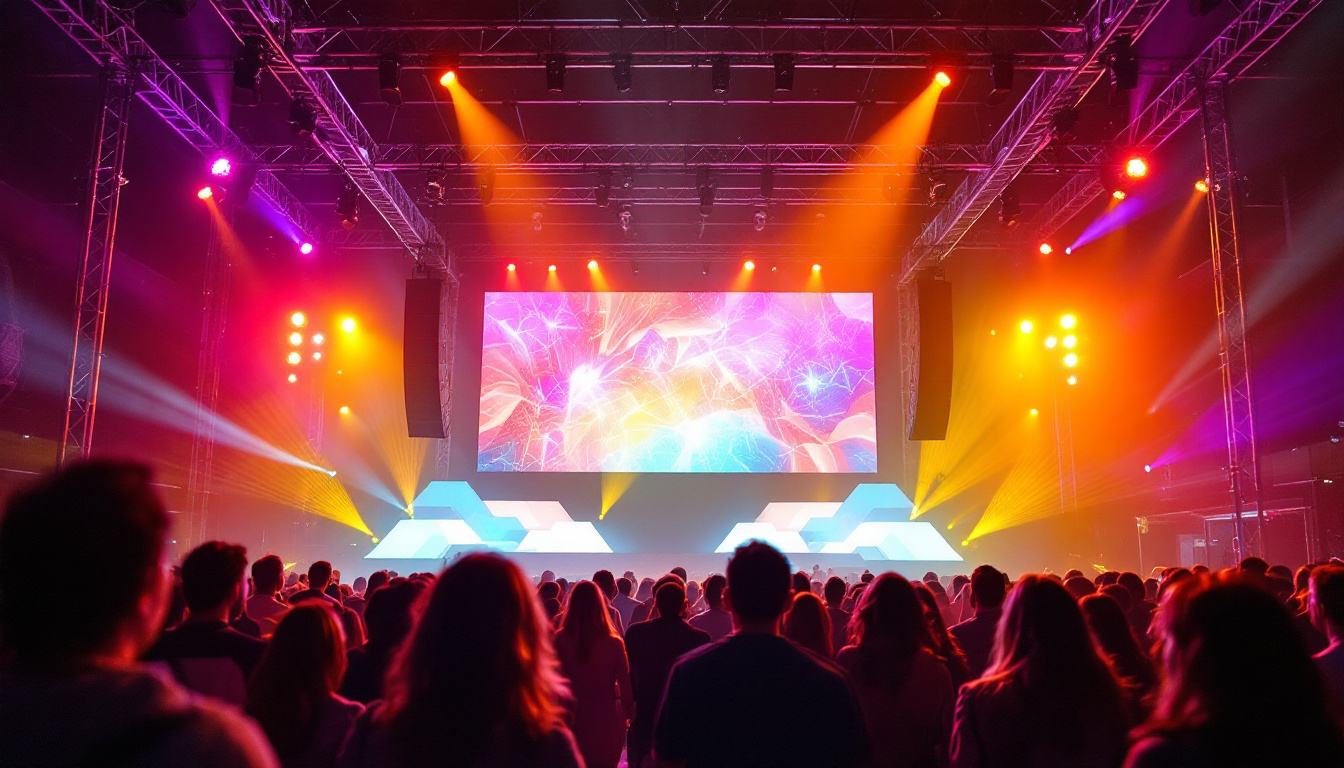In the world of advertising, LED billboards have emerged as a powerful tool for brands to capture attention and convey messages effectively. With their vibrant colors and dynamic displays, LED screens have revolutionized the way information is presented to the public. This article delves into the intricacies of LED displays, the role of manufacturers, and the technology that powers these eye-catching advertisements.
Understanding LED Technology
Light Emitting Diodes (LEDs) are semiconductor devices that emit light when an electric current passes through them. This technology has become the backbone of modern display systems, including billboards. Unlike traditional display methods, LEDs offer numerous advantages that make them ideal for outdoor advertising.
Advantages of LED Displays
One of the primary benefits of LED displays is their brightness. They can produce vivid colors and are visible even in direct sunlight, making them suitable for outdoor environments. Additionally, LEDs are energy-efficient, consuming less power compared to traditional lighting systems. This not only reduces operational costs but also makes them a more environmentally friendly option.
Another significant advantage is their longevity. LED displays can last up to 100,000 hours, significantly reducing the need for frequent replacements. This durability translates into lower maintenance costs over time, making them a wise investment for businesses looking to enhance their advertising capabilities. Furthermore, the reduced frequency of replacements means less waste, contributing positively to sustainability efforts in the advertising industry.
Types of LED Displays
LED displays come in various forms, each tailored to specific applications. The most common types include:
- Outdoor LED Displays: Designed to withstand weather conditions, these displays are typically used for billboards and large-scale advertising.
- Indoor LED Displays: These are used in shopping malls, airports, and sports arenas, offering high-resolution images and videos for a closer audience.
- Flexible LED Displays: These innovative displays can be bent and shaped, allowing for creative installations that enhance visual appeal.
In addition to these common types, there are also specialized LED displays such as transparent LED screens, which are becoming increasingly popular in retail environments. These screens allow for visibility through the display while still showcasing advertisements, creating a unique blend of functionality and aesthetic appeal. Moreover, interactive LED displays are gaining traction, allowing users to engage with the content directly, thereby enhancing the overall advertising experience. This interactivity not only captures attention but also encourages customer participation, making advertisements more effective and memorable.
As technology continues to evolve, the capabilities of LED displays are expanding. Innovations such as smart LED displays, which can adjust brightness based on ambient light conditions or even display tailored content based on viewer demographics, are paving the way for more dynamic advertising strategies. This adaptability not only maximizes visibility but also ensures that the content remains relevant and engaging, further solidifying the role of LED technology in the future of advertising.
The Role of LED Billboard Manufacturers
Manufacturers play a crucial role in the development and production of LED displays. They are responsible for designing, engineering, and assembling the components that make up these advanced systems. The quality of the materials used in the manufacturing process directly impacts the performance and longevity of the displays. From the selection of high-grade semiconductors to the use of durable housing materials, each aspect of the manufacturing process is meticulously considered to ensure that the final product can withstand various environmental conditions, including extreme temperatures and humidity.
Key Players in the Industry
The LED display market is populated by numerous manufacturers, each offering unique products and services. Some of the leading companies have established themselves through innovation and quality. These manufacturers invest heavily in research and development to stay ahead of technological advancements and market demands. They explore new technologies such as organic light-emitting diodes (OLED) and microLEDs, which promise even greater efficiency and display quality, pushing the boundaries of what is possible in visual advertising.
In addition to producing displays, many manufacturers provide comprehensive support services, including installation, maintenance, and software solutions. This holistic approach ensures that clients receive not just a product, but a complete advertising solution tailored to their needs. Furthermore, many manufacturers are now offering cloud-based management systems that allow clients to control their displays remotely, schedule content updates, and monitor performance in real-time, enhancing the overall user experience and operational efficiency.
Quality Control and Standards
Quality control is paramount in the manufacturing process of LED displays. Manufacturers adhere to strict industry standards to ensure that their products meet safety and performance requirements. This includes rigorous testing for brightness, color accuracy, and durability. Advanced testing facilities equipped with state-of-the-art technology allow manufacturers to simulate various conditions and ensure that their displays perform optimally in real-world scenarios.
Moreover, certifications from recognized organizations can enhance a manufacturer’s credibility. Clients often look for these certifications as a guarantee of quality, reliability, and performance. This focus on quality helps maintain the integrity of the brand and builds trust with customers. Additionally, many manufacturers are increasingly adopting sustainable practices in their production processes, seeking certifications that reflect their commitment to environmental responsibility, which can be a significant selling point in today’s eco-conscious market. By prioritizing sustainability, manufacturers not only contribute to a healthier planet but also appeal to a growing demographic of consumers who value corporate social responsibility.
Applications of LED Billboards
LED billboards have found applications in various sectors, transforming the landscape of advertising and information dissemination. Their versatility allows them to be used in diverse settings, from urban centers to sports venues.
Advertising and Marketing
The most prominent application of LED billboards is in advertising and marketing. Brands leverage the dynamic capabilities of LED displays to create engaging advertisements that capture the attention of passersby. The ability to change content quickly allows advertisers to tailor messages based on time, location, or audience demographics.
Moreover, the interactive potential of LED displays, such as incorporating QR codes or social media feeds, enhances viewer engagement. This interactivity can lead to higher conversion rates, making LED billboards a valuable asset for marketers.
Public Information Displays
Beyond commercial advertising, LED displays serve critical roles in public information dissemination. They are often used for traffic updates, weather forecasts, and emergency alerts, providing real-time information to the public. This application is particularly valuable in urban areas where timely information can enhance safety and convenience.
Municipalities and organizations utilize LED displays to promote events, public service announcements, and community initiatives. Their visibility and adaptability make them an effective medium for reaching large audiences.
Future Trends in LED Display Technology
The LED display industry is continuously evolving, driven by advancements in technology and changing consumer preferences. Several trends are shaping the future of LED displays, making them even more appealing for advertisers and manufacturers alike.
Advancements in Resolution and Clarity
As technology progresses, the demand for higher resolution displays is on the rise. Manufacturers are developing LED screens with increased pixel density, resulting in sharper images and more vibrant colors. This trend is particularly important for indoor displays, where viewers are closer to the screen and expect high-quality visuals.
Moreover, innovations such as MicroLED technology promise to further enhance display quality by providing better contrast and color accuracy. These advancements are set to redefine the standards for visual experiences in advertising and entertainment.
Integration with Smart Technology
Another significant trend is the integration of LED displays with smart technology. This includes the use of sensors, data analytics, and artificial intelligence to create personalized advertising experiences. For instance, displays can analyze viewer demographics and adjust content accordingly, optimizing engagement and effectiveness.
Smart LED displays can also connect to the Internet of Things (IoT), allowing for remote monitoring and management. This capability enables advertisers to update content in real-time, respond to environmental changes, and gather valuable insights into audience behavior.
Challenges Faced by LED Billboard Manufacturers
Despite the numerous advantages and growing demand for LED displays, manufacturers face several challenges in the industry. Understanding these challenges is crucial for navigating the market effectively.
Competition and Market Saturation
The LED display market is highly competitive, with numerous players vying for market share. This saturation can lead to price wars, affecting profit margins for manufacturers. To remain competitive, companies must differentiate themselves through innovation, quality, and customer service.
Additionally, as new entrants continue to emerge, established manufacturers must adapt to changing market dynamics and consumer preferences to maintain their position in the industry.
Technological Obsolescence
Rapid advancements in technology pose another challenge for LED billboard manufacturers. As new technologies emerge, older models can quickly become obsolete. Manufacturers must continuously invest in research and development to keep pace with innovations and ensure their products remain relevant.
This need for constant evolution can strain resources and requires a proactive approach to product development and market analysis.
Conclusion
LED billboards have transformed the advertising landscape, offering vibrant, dynamic displays that capture attention and convey messages effectively. The role of manufacturers is critical in ensuring the quality and performance of these displays, as they navigate a competitive and rapidly evolving market.
As technology continues to advance, the future of LED displays looks promising, with trends pointing towards higher resolutions, smart integrations, and enhanced interactivity. Despite the challenges faced by manufacturers, the potential for growth and innovation in this field remains significant.
For businesses looking to enhance their advertising strategies, investing in LED displays can provide a competitive edge, allowing for creative and impactful messaging that resonates with audiences. The journey of LED billboard technology is just beginning, and its impact on advertising will only continue to grow.
Discover LumenMatrix’s Advanced LED Solutions
Ready to elevate your advertising strategy with the latest in LED technology? Look no further than LumenMatrix, a pioneer in crafting LED display modules that bring your brand to life. From the bustling streets to the heart of your business, our diverse range of solutions, including Indoor and Outdoor LED Wall Displays, Vehicle LED Displays, and more, are designed to captivate and engage. Embrace the future of visual communication with LumenMatrix and let your message shine with unparalleled clarity. Check out LumenMatrix LED Display Solutions today and transform your advertising approach.

